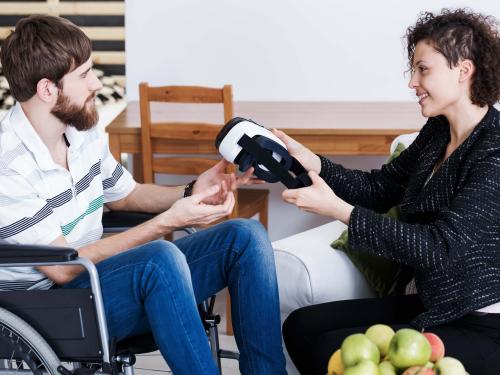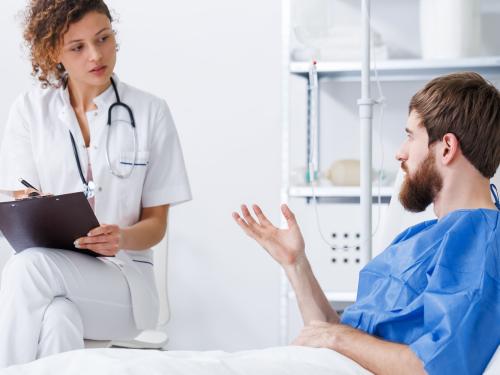
Health Sciences - Pre-Physical Therapy |
Bachelor of Science (B.S.) |
The Health Sciences Major with a concentration in Pre-Physical Therapy prepares students for graduate work in Physical Therapy. Health Sciences majors take courses to prepare them for careers in the health sector from both the scientific and psychosocial perspectives and includes several specific concentrations. Heath science majors can choose a concentration that focuses on the broader health science track or pre-nursing as a part of their undergraduate studies or one that focuses on graduate programs including: pre-physical therapy, pre-occupational therapy, pre-athletic training or public health.
Students are active in planning their course selections and potential internship opportunities related to their specific concentration within the Health Sciences program.
Related Occupations
Careers in health care from both the scientific and psychosocial perspectives
The American Board of Physical Therapy Specialties offers board-certification in ten specialty areas of physical therapy: Cardiovascular and Pulmonary, Clinical Electrophysiology, Geriatrics, Neurology, Oncology, Orthopaedics, Pediatrics, Sports, Women's Health, and Wound Management.
Healthcare occupations are projected to add more jobs than any of the other occupational groups. According to the Bureau of Labor and Statistics, employment in healthcare occupations are projected to grow 15 percent from 2019 to 2029, much faster than the average for all occupations, adding about 2.4 million new jobs.
Fast Facts
- To practice as a physical therapist in the U.S., you must earn a doctor of physical therapy degree from a Commission on Accreditation in Physical Therapy Education-accredited physical therapist education program and pass a state licensure exam.
- The length of professional DPT programs is typically three years. Primary content areas in the curriculum may include, but are not limited to, biology/anatomy, cellular histology, physiology, exercise physiology, biomechanics, kinesiology, neuroscience, pharmacology, pathology, behavioral sciences, communication, ethics/values, management sciences, finance, sociology, clinical reasoning, evidence-based practice, cardiovascular and pulmonary, endocrine and metabolic, and musculoskeletal.
- Approximately 80% of the DPT curriculum is a classroom (didactic) and lab study and the remaining 20% is dedicated to clinical education. PT students spend on average 27.5 weeks in their final clinical experience.
Explore Experiental Major Map
 Use this map to help plan and guide your experience at Limestone. Each student’s experience is unique so please keep in mind the activities outlined in this map are suggestions and can be tailored to you! Always consult with your advisors whenever possible for new opportunities and updates.
Use this map to help plan and guide your experience at Limestone. Each student’s experience is unique so please keep in mind the activities outlined in this map are suggestions and can be tailored to you! Always consult with your advisors whenever possible for new opportunities and updates.
Course Requirements
Requirement Notes
- Limestone's required Competency & General Education courses
- A total of 120 credit hours
- The required courses listed below (76 credit hours)
- One additional Psychology or Sociology courses (3 credit hours)
* This major includes one AWE course (3 credit hours)
Students must complete 30 total credit hours at the 300-level or above.







